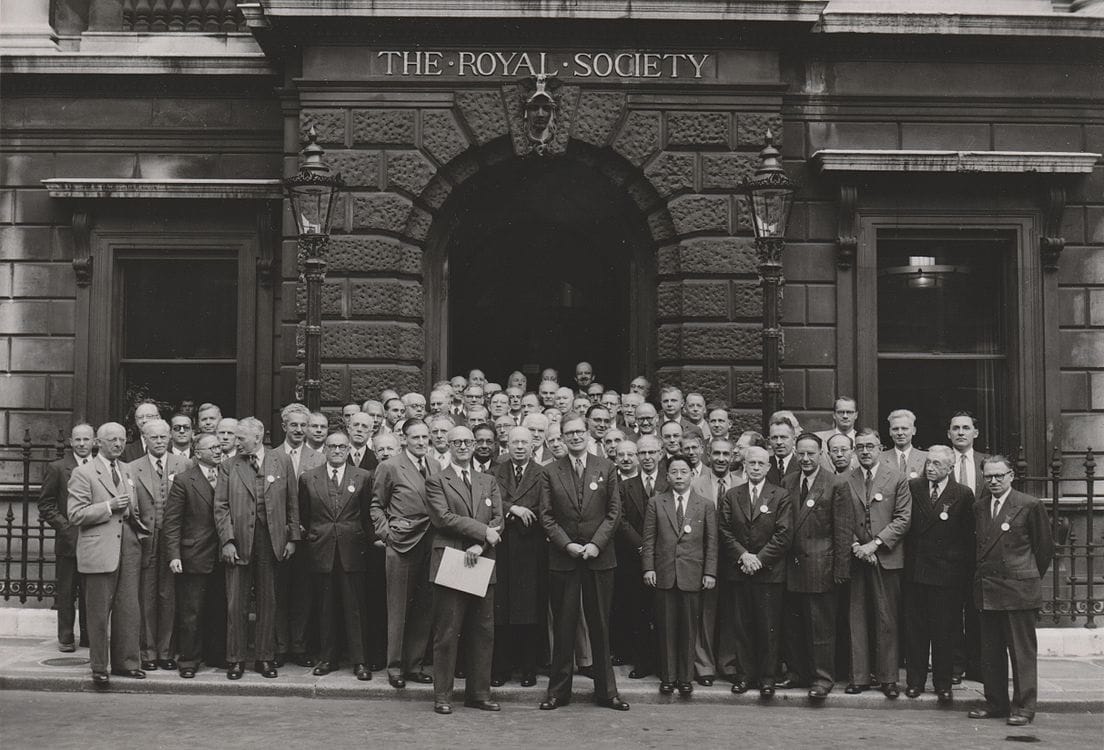
LED lighting has become the standard for energy-efficient illumination in homes, offices, streets, and almost every other space imaginable. With their longevity, energy efficiency, and versatility, LED lights have revolutionized the lighting industry. However, amidst the ubiquity of LED technology, there’s a crucial point to remember: not all LED lights are created equal. Behind their seemingly identical exteriors lie significant differences in quality, performance, and impact. Understanding these disparities is essential for making informed decisions about lighting solutions.
The Spectrum of Quality
When it comes to LED lights, quality isn’t just about brightness or energy efficiency. It encompasses several factors, including color rendering, durability, efficiency, and environmental impact. One of the primary indicators of LED quality is its Color Rendering Index (CRI), which measures how accurately the light reveals the colors of objects compared to natural light. Higher CRI values indicate better color fidelity, crucial for tasks like reading, cooking, and art appreciation.
Moreover, the efficiency and longevity of LED lights can vary significantly between manufacturers. While some LEDs boast impressive lifespans of over 50,000 hours, others may falter much sooner. Additionally, cheaply made LEDs might suffer from color shift over time, resulting in a decline in light quality.
Efficiency Matters
Energy efficiency is one of the key selling points of LED lighting. Compared to traditional incandescent or fluorescent bulbs, LEDs consume significantly less energy while providing equivalent or superior illumination. However, not all LED lights deliver on this promise. Poorly designed LEDs may waste energy through heat generation or inefficient light distribution. Furthermore, the efficacy of LED fixtures can be influenced by factors like thermal management, driver efficiency, and optical design.
Environmental Considerations
As society increasingly prioritizes sustainability, the environmental impact of LED lighting has come under scrutiny. While LEDs consume less energy and contain no hazardous substances like mercury, their production processes and end-of-life disposal can still pose environmental challenges. Low-quality LEDs may use inferior materials or manufacturing techniques that generate more waste and pollution. Moreover, improper disposal of LEDs can lead to the release of toxic chemicals or contribute to electronic waste accumulation.
Beyond the Bulb: Applications Matter
LED lighting isn’t just about individual bulbs; it’s about the broader ecosystem of lighting solutions and applications. Whether it’s architectural lighting, street lighting, or automotive lighting, each application has unique requirements and challenges. Quality variances in LED technology can have profound implications for safety, visibility, and comfort in these contexts. For instance, subpar LED streetlights may compromise road safety by providing inadequate illumination or causing glare.
Making Informed Choices
In the quest for quality LED lighting, consumers and businesses alike must prioritize factors beyond just upfront cost. Investing in high-quality LED products from reputable manufacturers can yield long-term benefits in terms of energy savings, durability, and performance. Look for products with reputable certifications, such as ENERGY STAR or DesignLights Consortium (DLC) qualifications, which guarantee adherence to rigorous standards of efficiency and quality.
Furthermore, consulting with lighting professionals or conducting thorough research can help navigate the complexities of LED technology and find the most suitable solutions for specific needs. While upfront costs may be higher for premium LED products, the potential savings and benefits over their lifespan often outweigh the initial investment.
In the realm of LED lighting, not all lights are created equal. Quality disparities in LED technology can have significant implications for performance, efficiency, and environmental impact. By understanding the spectrum of LED quality and making informed choices, consumers and businesses can reap the full benefits of this transformative lighting technology while minimizing potential drawbacks. As we continue to illuminate our world with LEDs, let’s ensure that every light shines bright with quality and sustainability.


